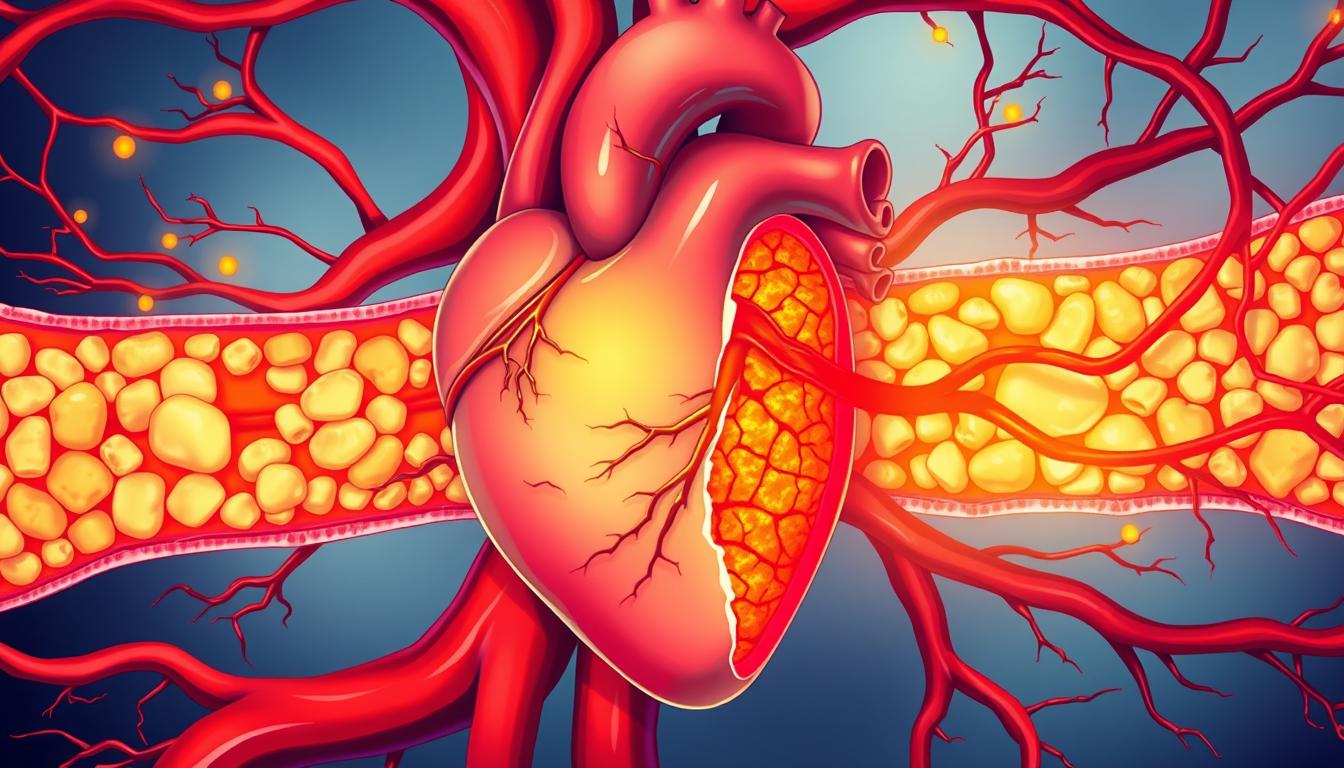Prostate cancer is one of the most common types of cancer among men. Catching it early can dramatically improve treatment chances and survival. But here’s the catch: early symptoms are often so subtle you might not notice them. Many men ignore the small changes until they become bigger problems. That’s why understanding the early signs is key. Being aware can help you see warning signs sooner and seek help before the disease advances.
Understanding Prostate Cancer and Its Significance
What is Prostate Cancer?
Prostate cancer develops in the prostate gland, a small organ in men that produces fluid for semen. It usually grows slowly and over time might spread to other parts of the body. Globally, around 1.3 million men are diagnosed with prostate cancer each year. In some regions, it’s the second most common cancer in men. Knowing what the prostate does and staying alert to changes can save lives.
Why Early Detection Matters
Detecting prostate cancer early means more options for treatment. It can be curable when caught in the initial stages. Delay can allow the cancer to spread, making it harder to treat. Sometimes, early signs get mistaken for benign conditions like an enlarged prostate or infections. That’s why paying attention to your body and symptoms is so important.
Common Early Signs and Symptoms of Prostate Cancer
Urinary Changes
Frequent Urination
A trip to the bathroom more often, especially at night, can signal prostate issues. This happens because the prostate may press against the bladder, causing irritation.
Difficulties in Urination
Struggling to start or stop urinating or feeling that the flow isn’t complete are common early signs. It’s like trying to turn on a faucet with low water pressure.
Weak or Interrupted Urine Flow
Noticeable weak streams or stopping midstream can be a red flag. These subtle changes might seem minor but shouldn’t be ignored.
Blood in Urine or Semen
Hematuria
Seeing blood in your urine can be startling. It’s a sign that something’s irritating the prostate or urinary tract.
Hematospermia
Blood in semen is less common but often linked with prostate problems. If your semen looks pink or red, don’t brush it off.
Discomfort and Pain
Pelvic or Lower Back Pain
Persistent pain in these areas can be early symptoms. It’s easy to dismiss as muscle ache, but if it persists, see a doctor.
Pain During Ejaculation
Discomfort or pain during ejaculation may point to prostate issues. Ignoring this could lead to bigger problems later on.
Erectile Dysfunction and Sexual Changes
Difficulty Achieving or Maintaining Erection
Problems with erections sometimes link to prostate health. If you notice consistent trouble, it’s worth a check-up.
Decreased Libido
A drop in your sex drive can also be a sign. Changes in sexual desire shouldn’t be ignored, especially if other symptoms appear.
Other Subtle Symptoms
Unexplained Weight Loss
Though less common early on, drastic weight loss without trying is a red flag. It signals the body might be fighting a serious health issue.
Fatigue and Weakness
Feeling unusually tired or weak could be signs of systemic illness, including prostate cancer, especially if symptoms last longer than normal.
Risk Factors and Who Should Be Vigilant
Age and Family History
Risk increases after age 50. If your father or brother had prostate cancer, you’re more likely to develop it. Men over 65 should stay alert.
Ethnicity and Lifestyle Factors
African American men face higher risk. Diets high in red meat or fats can also increase chances. Maintaining a healthy lifestyle can help lower this risk.
Screening Recommendations
If you’re age 50 or older, or have a family history, talk to your doctor about PSA tests or digital rectal exams (DRE). Regular screening saves lives.
Differentiating Prostate Cancer Symptoms from Benign Conditions
Common Benign Conditions
Enlarged prostate (BPH) and prostatitis are common but non-cancerous. They cause similar symptoms but require different treatment.
Symptom Overlap and Red Flags
Notice how symptoms overlap? While benign issues may cause similar urinary changes, blood in semen or pain during urination could hint at something more serious.
When to Seek Medical Advice
If you experience persistent or worsening symptoms, especially blood in urine or semen, see your healthcare provider immediately. Early diagnosis is vital.
Diagnosis, Screening, and the Importance of Medical Consultation
Diagnostic Procedures
Your doctor may perform a PSA blood test, a digital rectal exam to feel the prostate, or a biopsy if needed. These tests confirm the presence of cancer.
The Role of Regular Screening
Screening can detect prostate issues before symptoms appear. For men over 50, or at higher risk, annual check-ups are recommended.
Initiating the Conversation with Healthcare Providers
Bring up concerns early. Ask about PSA testing or other exams. Early discussion increases early detection chances.
Actionable Tips for Prostate Health and Early Detection
- Maintain a balanced diet rich in fruits and vegetables.
- Exercise regularly to stay healthy.
- Know your personal risk factors and family history.
- Schedule routine health check-ups, especially after age 50.
- Watch for any urinary or sexual changes and report them to your doctor.
- Stay informed about prostate health issues.
Conclusion
Recognizing early signs of prostate cancer can save lives. Pay attention to small changes in urination, blood, or pain. Men need to be proactive about their health. Early detection not only offers more treatment options but also improves quality of life. Take control — get checked, stay informed, and don’t ignore warning signs. Your future self will thank you.













